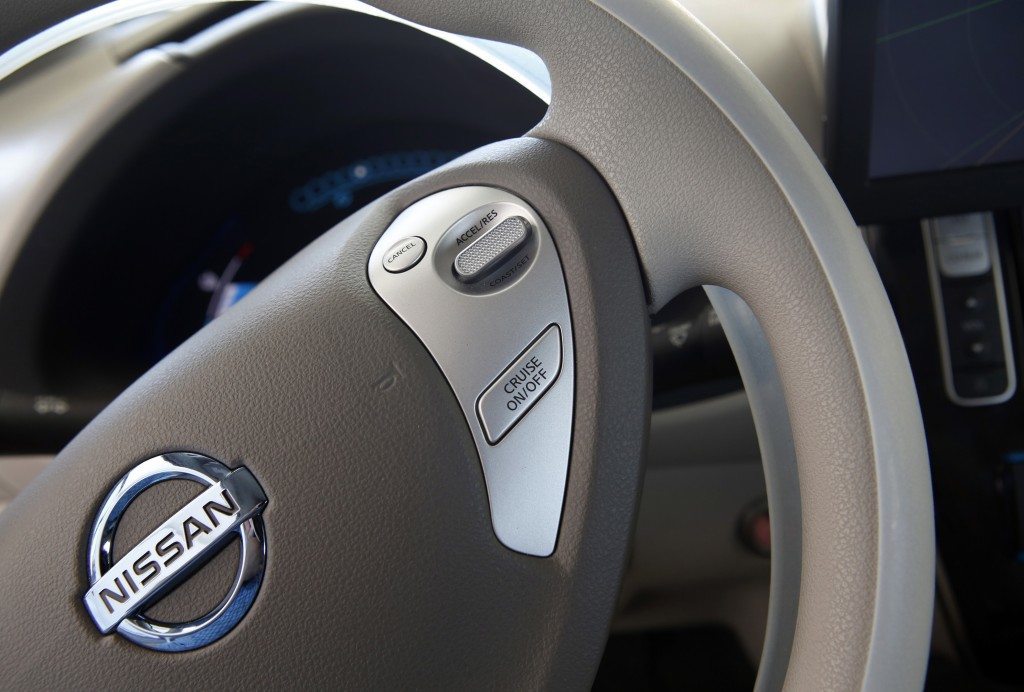The average consumer in South Africa is in a desperate and highly indebted position, which is significantly denting their intent to purchase either a new or used vehicle plus other products.
This was one of the major themes to emerge from a webinar and panel discussion last week about the Deloitte 2023 South African Automotive Consumer Study.
According to Deloitte global automotive research leader Ryan Robinson:
-
About one in four consumers in South Africa is concerned about making coming payments;
-
More than two-thirds of consumers are concerned about the amount of money they have saved; and
-
Almost one in four consumers is concerned about the amount of credit card debt they are carrying.
Robinson said this all rolls into buying behaviour and the spending patterns of consumers.
“About 54% of consumers right now in the South African market are telling us that they are actively considering a delay of a large purchase, which could be white goods, such as home appliances, but it also includes vehicle purchases,” he said.
TransUnion Africa CEO Lee Naik said the average South African consumer is highly indebted and if you are talking about a basket of goods and affordability, the average household has a R1 million home loan and an average car, which in this cycle has generally gone up from under R300 000 to R350 000.
‘The crazy part’
Naik said “the crazy part” is that TransUnion Africa has found the average household that had a R1 million home loan and R350 000 car is paying just over R3 100 per month more than a year ago for these two products due to the credit they now have to service.
“So the pressure on the household to deleverage and make more prudent choices has never been as hard as [it is] right now – and the [really] crazy part is that we can’t call the end to this cycle,” he said.
“There is a lot going on in the global macro environment that may bear down on the choices we have made as consumers in SA.”
Naik added that households that previously had more than one vehicle are consolidating into one bigger vehicle and “the reality is that the pressure on consumers is extreme”.
He said about 26 million of the 40 million adults in South Africa have access to some line of credit – but across multiple product lines “there is huge pressure on the ability to service debt”.
“In fact, one third of all consumers struggle to make their monthly payments. That is what is scary to us,” said Naik.
“The pressure now moves onto the OEMs [original equipment manufacturers] and dealers to ask ‘How do you put a proposition in front of the consumer to make it palatable for them to take on this new credit knowing that their household income is highly depressed right now?’,” he added.
Cost of ownership has shot up
WesBank head of marketing and communication Lebogang Gaoketse said the total cost of vehicle ownership alone – including the purchase and costs such as petrol, insurance and maintenance – has increased by 14% in the last six months and by 50% since 2019.
Robinson said a Deloitte tracking index of the very near term intentions of consumers in the SA market for a new or used vehicle in the next six months has been trending negative since it started measuring this in October 2021.
“It’s very difficult to see where some of the year-on-year consistent vehicle demand is going to come from in the second half of this decade,” he said.
New revenue streams
Robinson said Deloitte tested the new areas of revenue OEMs are increasingly looking for in various markets.
He said the flattening in demand in the SA market in the second half of this decade is starting to manifest in conversations at OEM level around sources of revenue, adding that there is a lot of focus on areas around the mobility experience, such as insurance, in a lot of markets.
Read: Floods and car claims hit Santam
“We wanted to test in our study this year how many people would be interested in buying insurance directly from the OEM at the point of purchase,” he said, adding that in SA it is close to 60%.
“And the reason for that is there is a perception of either convenience or cost savings attached to essentially bundling that [insurance] experience or that purchase into the OEM relationship,” he said.
Robinson said Deloitte asked consumers very clearly about the price brackets they were expecting to be in for their next vehicle purchase and the majority want to be in the sub-R500 000 range.
He said the average value of a financed new vehicle contract is in the R400 000 range right now, which starts to make a lot of sense given where interest rates are, the very different economic situation, and all the anxiety this is producing in the consumer.
“We do see that there is a potential for affordability risk on the horizon,” he said.
Robinson said South Africa differentiates itself from many of the other markets, particularly the likes of China, Europe and the US, in that three out of four South African consumers is “still married to the idea of petrol powered vehicles” as opposed to new energy vehicles (NEVs), including electric vehicles (EVs).
Read:
Robinson said the good news is that on a year-on-year basis there is a move away from ICE (internal combustion engine) vehicles to EVs although a lot of consumers want to make “that half-step to hybrid technology versus full battery electric technology”.
“Again something that differentiates the South African market in a very clear way is that 74% is definitely at the high end … in terms of penetration or intent to maintain a relationship with internal combustion engines,” he said.

